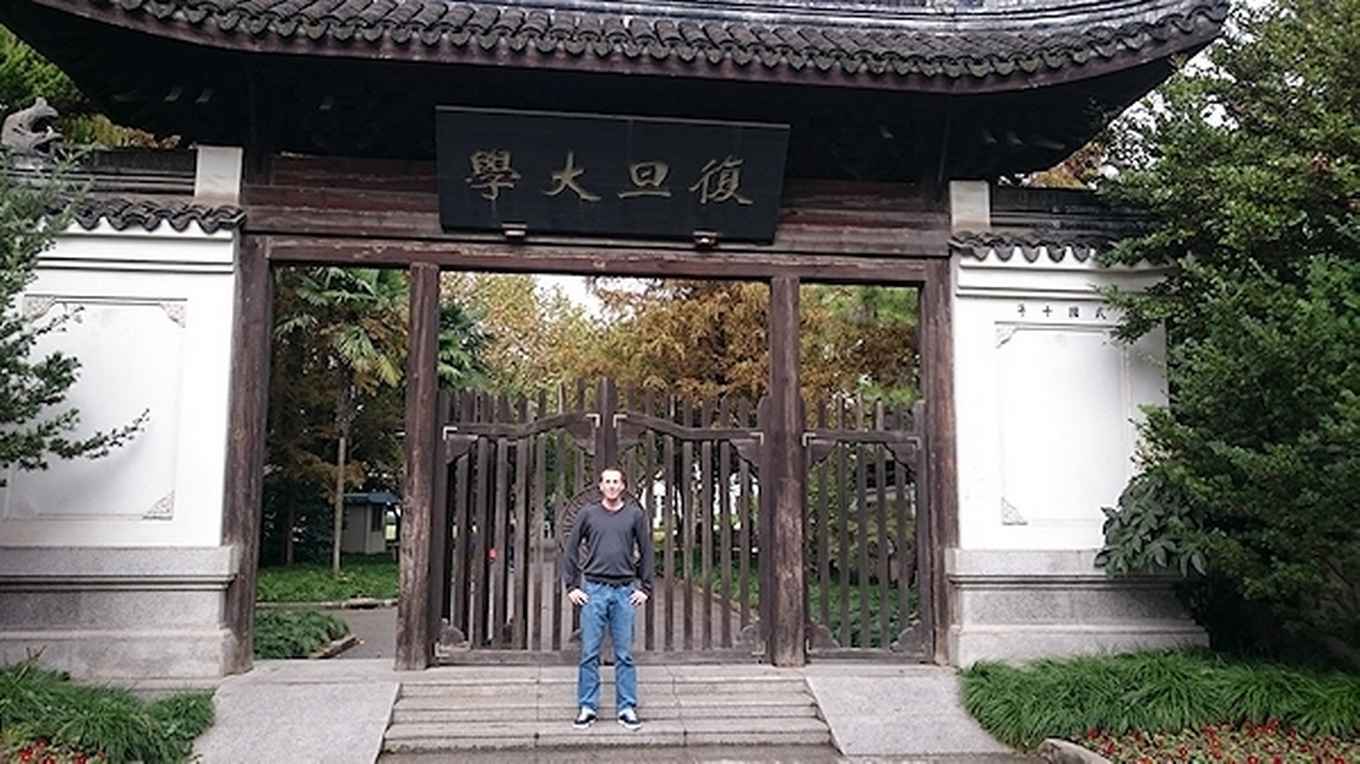Sustainable Chemistry in Shanghai
Travel report Rolf Beerthuis
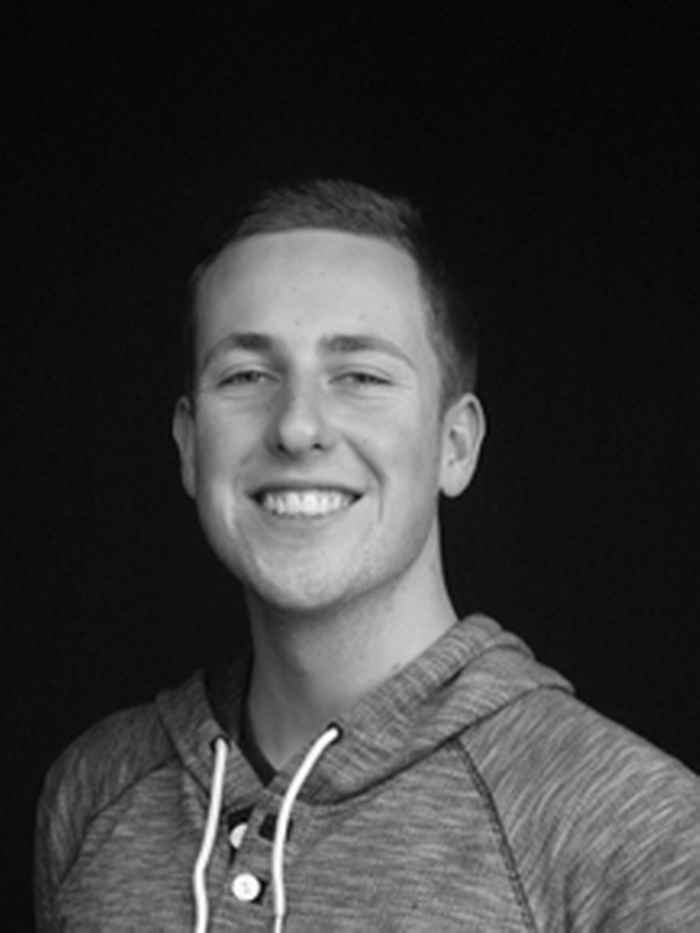
The city of Shanghai struck me as more modern than I had expected. Much of the ancient culture has remained and Shanghai today is a wealthy industrial city.
The surviving old neighbourhoods are now designed for tourism – international coffee shops in antique buildings. There are some touristic spots that I found were more authentic, such as the Yuyuan Gardens and the Jade Buddha museum. Perhaps the best tourism in Shanghai is gastronomic. Everywhere you go, you can find typical food in restaurants and on the street.
Shanghai is big, of course. However, it doesn’t feel bigger or more crowded than other big cities such as London or Paris. The streets are safe and public transport, especially the metro, is very well organised. Even though around 24 million people live in the metropolis, it does not feel chaotic.
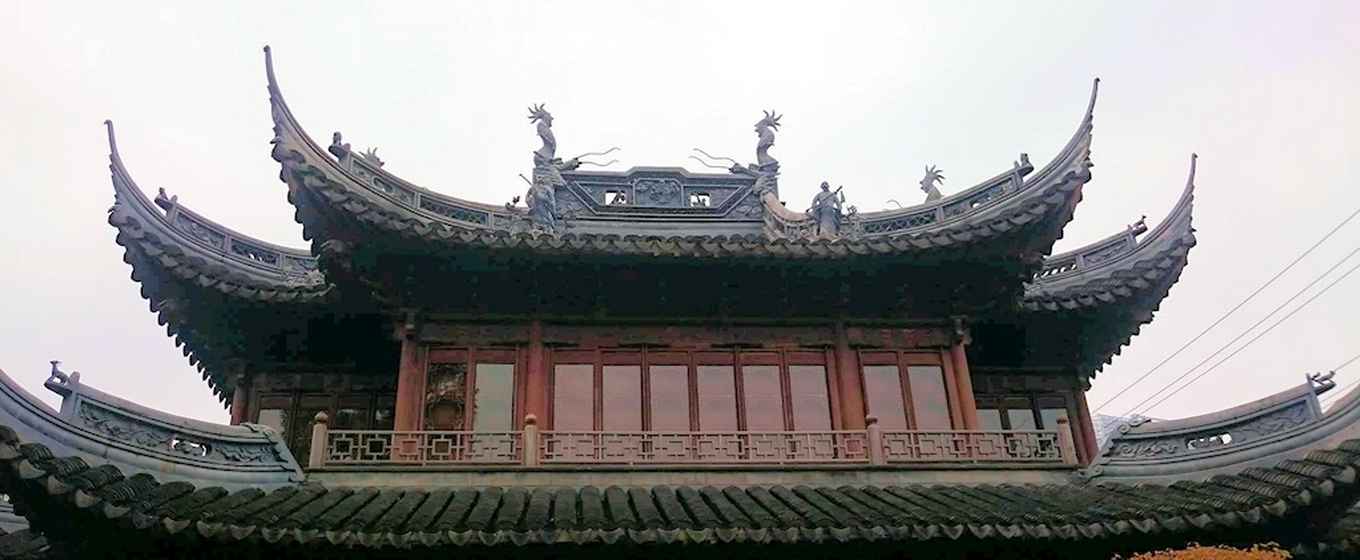
The only danger is in crossing the streets. Zebra crossings do not guarantee safety and looking left-and-right six times is a sensible minimum, with many silent electric scooters racing along.
Green Chemistry Conference
In my first days, I attended the French-Chinese Conference on Green Chemistry (FC2GChem) at the East Chinese Normal University (see picture below). The French have a special relation with the Chinese, since they were the first to seek diplomatic and academic collaborations after the Chinese reform in 1978. However, there also were attendees from other countries. I could present a poster on the different biorenewable routes towards acrolein and acrylic acid. The lectures were interesting and the conference was very well organised.
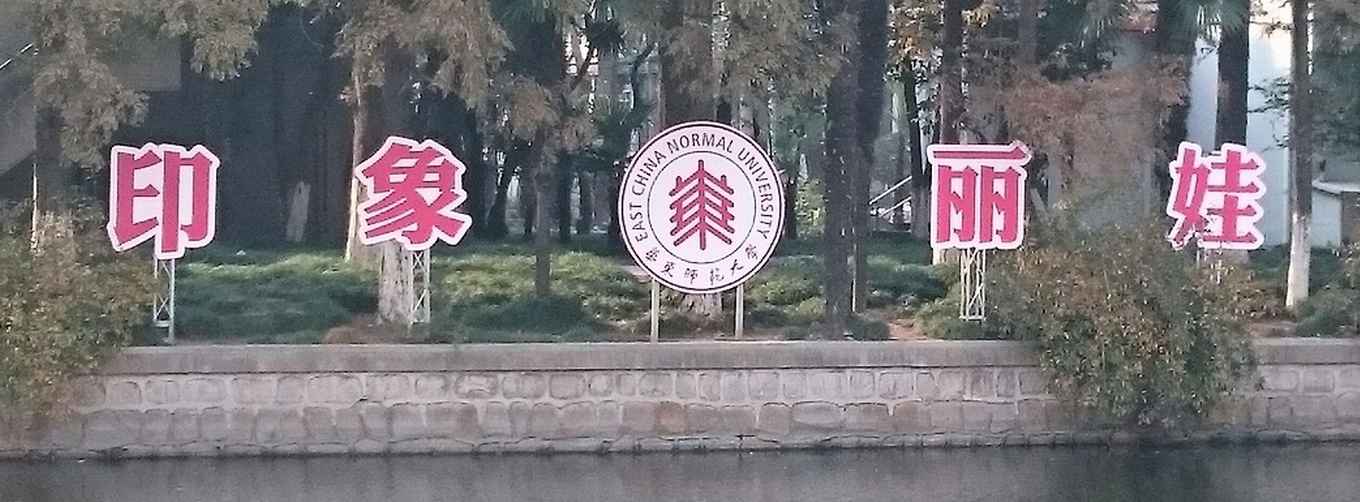
In the first week I also had the chance to visit the Huayi Acrylic Acid Company, together with Prof. Gadi Rothenberg (UvA), Prof. Hualong Xu (Fudan) and Prof. Wei Shen (Fudan). We were received by the vice-general manager and the chief engineer.
The Huayi company is one of the major manufacturers of acrylic acid and various esters in China, and the World. The plant produces around 230 thousand metric tons of acrylic acid per year. The company started in 1992, buying technology from other companies. In just two decades, they evolved to a company of 700 employees, doing their own research and development.
I have visited several industrial plants in Europe but Huayi is the most organised and well-maintained that I have yet seen. After the visit a very nice diner followed to celebrate the collaboration between the University of Amsterdam, Fudan University and Huayi.
Fudan University
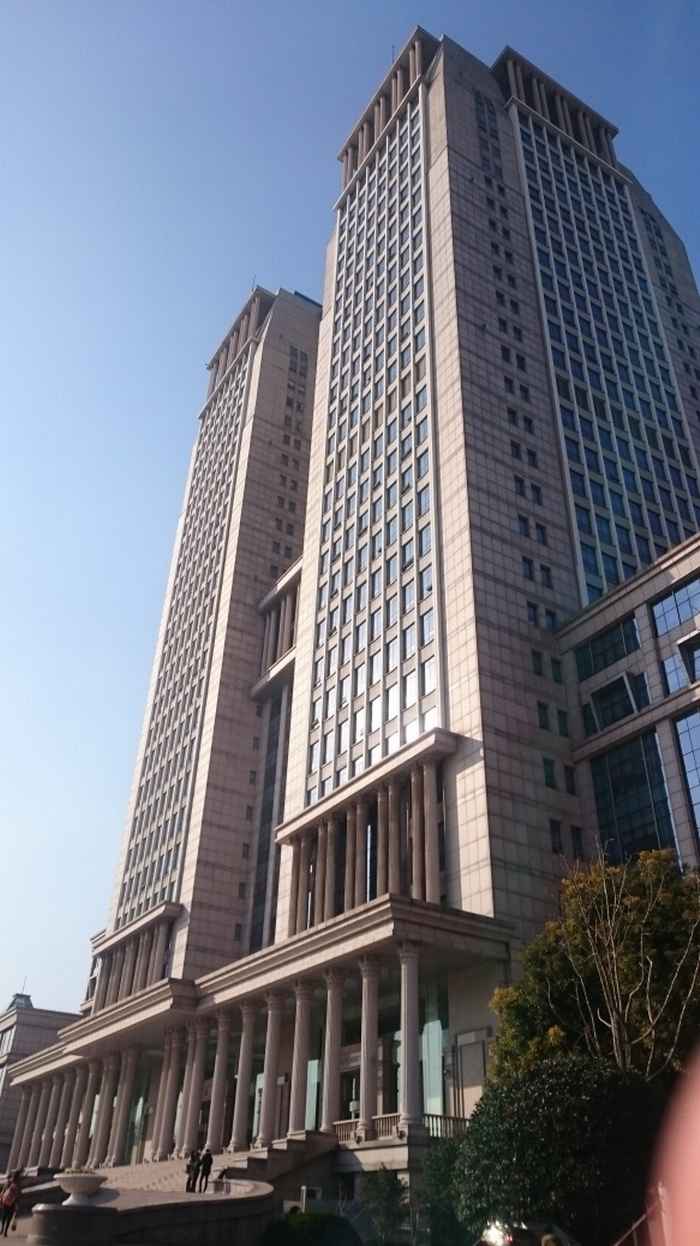
At the Fudan University I was very kindly welcomed by Prof. Hualong Xu, head of Department of Chemistry and deputy director of the Laboratory of Advanced Materials. Both he and Prof. Wei Shen shared a most supportive interest in the collaboration and in my project.
Working in the lab at Fudan University and at Shanghai Key Laboratory of Advanced Materials was a nice experience. The laboratories were spread out over the main campus and the new campus, separated by a 15 minutes shuttle bus service. The shared facilities of the Advanced Materials Lab covered most of all modern spectroscopic equipment, including the TEM and SEM which were essential for the research project.
The laboratory work itself was not very different from that in Amsterdam. The real difference is the Chinese working ethos. Work is done as soon as possible, it does not end on top of a pile of other stuff. Common working days revolve around 9 to 8 and include Saturday (reserving Sunday for relaxing and tourism). This may sound daunting to many European students. However, living, eating and doing daily activities on the campus itself really saves a lot of time. It is also motivating to see other colleagues working likewise. However, to prevent a trade-off of working too hard against efficiency, it is commonly accepted to nap in the office (multiple stretchers available). The main campus houses more than 20,000 students, making it quite a different environment than studying in Amsterdam.
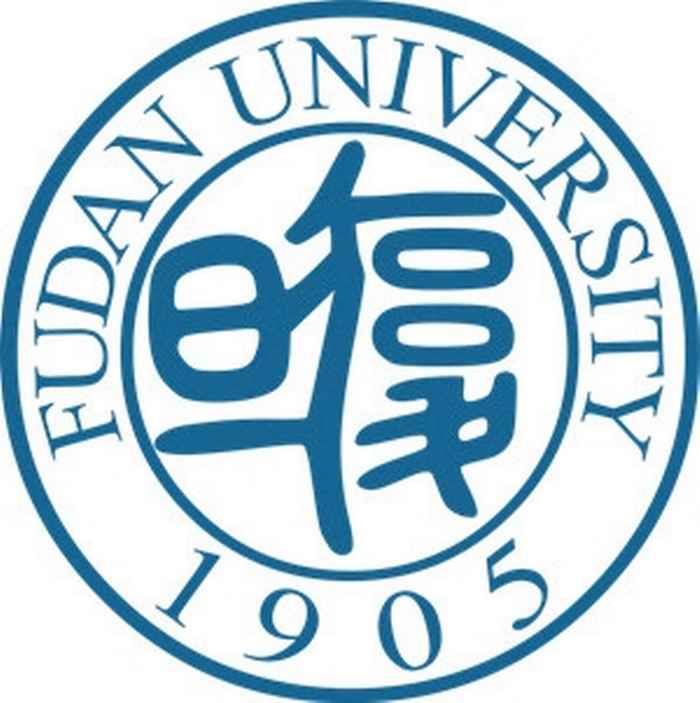
The research project focused on synthesizing ZSM-5 zeolites for glycerol dehydration. While many catalyst are known to be active for this reaction, deactivation through carbon deposit is a ubiquitous problem. In the lab, there was much freedom to design the experiments.
The most important thing in such as short visit, is effective time management. For preparing nano-sized crystals, I focused on developing a facile synthesis procedure. In this way, we could do parallel synthesis and prepare many different samples in the short period of time. As such, we came across a novel hierarchical structure with highly increased porosity and catalytic stability.
Before leaving, I synthesized a large number of catalysts that had to be tested, after I returned to the Netherlands. This takes some months to test and analyse. A student at the Advance Materials lab is now doing the catalytic testing, and will send the results back to me. In this way, two months of laboratory work can lead to a very interactive collaboration over a longer period of time.
